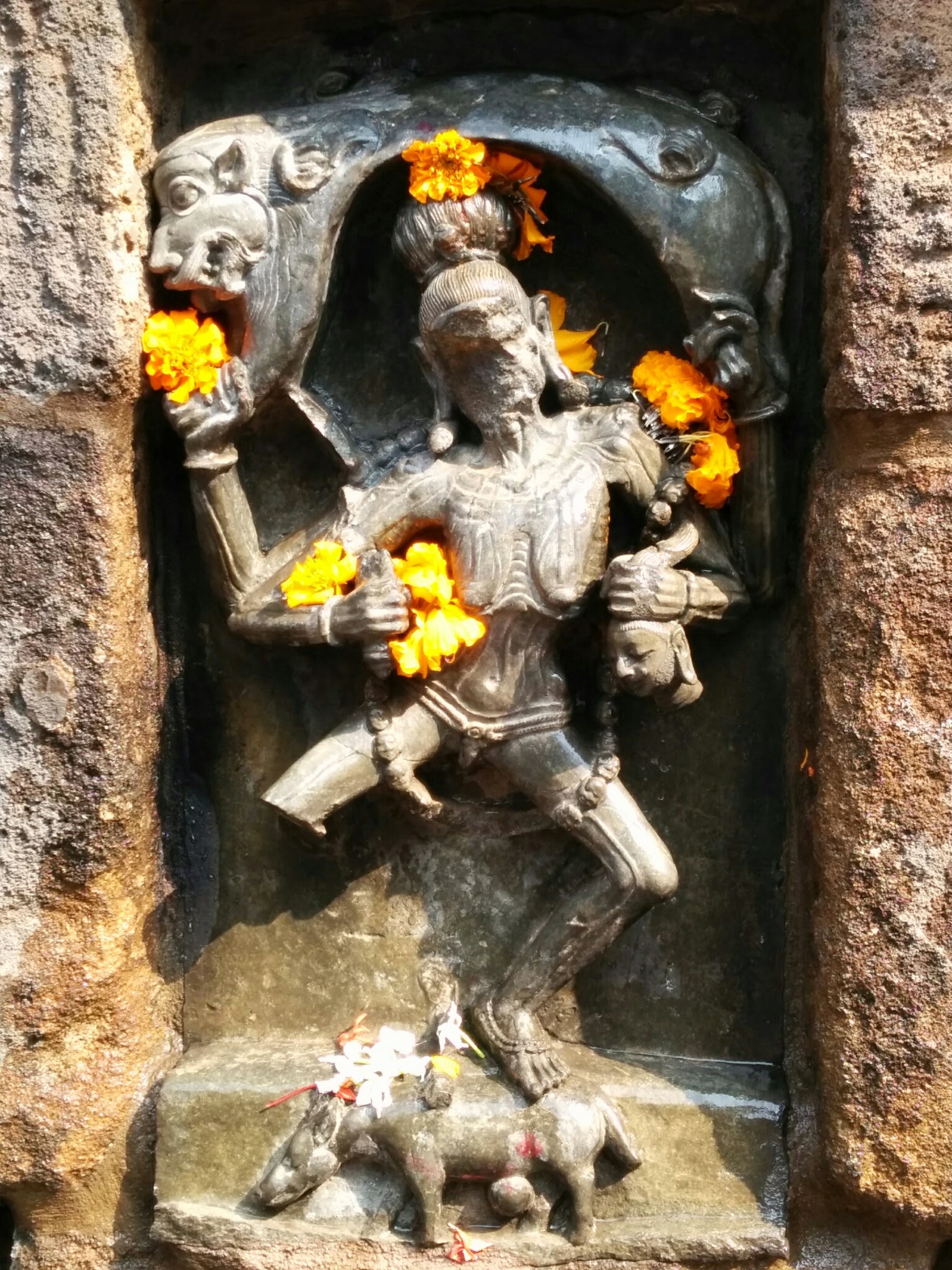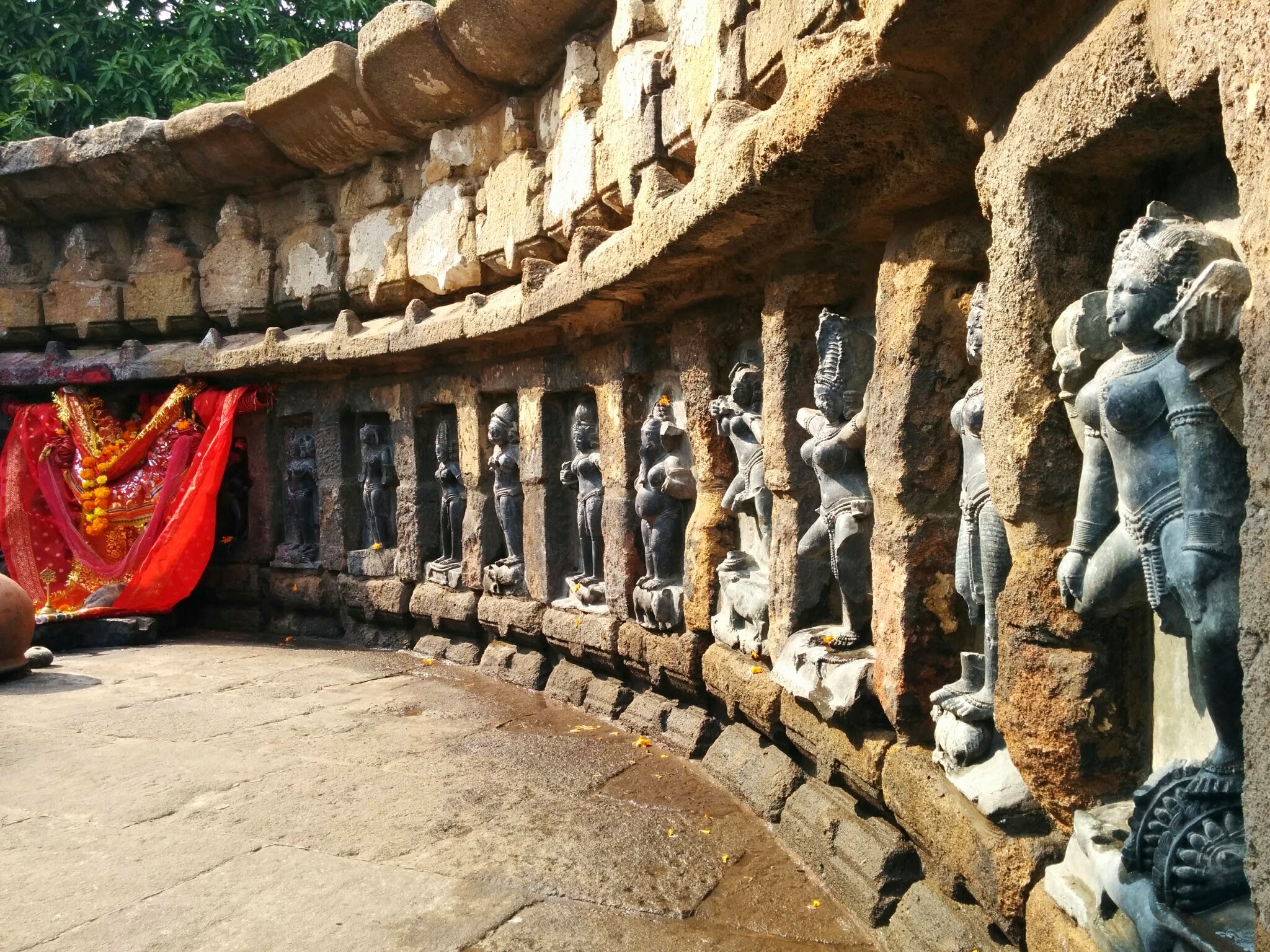When I first opened a Facebook page for Anantya Tantrist, the female tantrik protagonist of my fantasy series, I got a well-meaning advice from a ‘friend’ who informed me that Anantya can’t be a tantrik. His reasoning? Tantriks are all males. Women at best are support systems for them or their muses or powers.
As is the style of social media, he was quite confident about his uninformed opinion, calling it a fact. I politely asked him if he had heard of yoginis. He sort of had. ‘Aren’t they supernatural deities?’ he asked. Hmm, yes, I answered, and no.
Though mentioned in the Vedas as tantrics and even rishikas, centuries of patriarchal stronghold on written traditions have erased yoginis and their legacy from collective consciousness of our mythology. We don’t know much about these women, these yoginis, though there are a few international scholars who are trying to fish out texts and oral mentions in our collective histories. Some scholars call them accomplished sorceresses, some think they are the female versions of yogis, or women who are mistresses of yoga. They’re known across the world as celibate nuns, enlightened women, white magic witches, healers, saints, women who have mindpowers or siddhis. Women who are powerful, and independent and usually stand outside the traditional boundaries of patriarchy.
In today’s times, no one knows much about them. Discovered as recent is The Chaunsath Yogini temple, which stands in Hirapur, a small hamlet near Bhuvaneshwar, Orissa, is forgotten. I have to ask multiple rickshaws, who don’t know where it is. Locally, it’s known as the Mahamaya temple. Even though it’s a festive week, there is no one here except me and my husband who has been dragged along.
The temple itself is a surprise.It was discovered in a jungle in 1953, by a archeologist. None of the locals regarded it with any importance. It’s a circular shaped structure of stones, small and cozy. Inside is open to the sky. They say that the place is so powerful that no ceiling is needed to protect its power. Small, delicately carved images of the sixty four yoginis, created with black chlorite stone, stand in quiet contemplation inside, each a feet high, their hairstyles unique, breasts and body shape enhanced. There’s no sanctum sanctorum, nothing to protect them. Outside is a long flat platform, where the caretaker whispers dramatically, they used to sacrifice animals and even humans to tantric practices. I’ve never heard about this cult before, so I research.
In the eleventh century, yoginis, the powerful, wise women in villages, entered from the edges of the society into the mainstream worship when the Orissa royalty built them temples and codified their rituals into the mainstream religions. That is when temples were made for them. Unfortunately with the inclusion came subservience, not only to their king but to the patriarchal society he represented. Ancient tantric texts mention that a yogini’s power stems from her body, her own, her feminity. She feels her power or shakti as its called in tantrism, through her menstrual monthly, her fertility, her sexuality, experience of childbirth and breastfeeding, experiences and paths to power that are completely shut to the male world. Unlike her, the only option her male counterpart has is to use kriya yoga (or physical poses) to awaken his chakras. A yogini being gifted with a woman’s body, has to simply use her own fertility and her menstrual cycles to gain siddhis and psychic abilities.
It’s the same power that is celebrated in some ancient rituals around the country. At the Kamakhaya Devi temple, for example, which is a tantric hotbed, every year when the Devi is menstruating, lakhs of pilgrims celebrate the Ambubachi. The temple is closed for three days and hearsay claims that the pool in the cavern inside the temple that represents the Devi’s uterus, turns red. In Karnataka, Tamil Nadu, Andhra Pradesh and Orissa, remnants of tantric rituals remain in villages where a girl’s first bloodshed, her power, is announced through a feast for the whole community.
But in mainstream patriarchal structures, menstrual blood is seen as impure and something to hide and be ashamed of. This fear stems from a fear of independence, a fear of fertility and bloodshed, which a patriarchal society can never really understand. I walk away from the temple, my heart aching, wondering what the tale of these forgotten superwomen was. Wondering why our society shed their own true power.

There’s a dark turn to this fear as well, which has killed thousands of women in India in the past five years alone, branded as witches. Perhaps this fear is also the reason for an increasing paranoia and shaming of anyone who tries to dialogue on female bodies or gender equality.
Come today and these yoginis been stripped of their humanity and have turned into powerful non-humans, causing mayhem, floods, chaos, diseases and deaths. As this well meaning friend said, they have become supernatural deities, at best peripheral attendants of Goddess Durga, at worst demonic natural calamities.The only way to appease them is through sacrifice and offerings.

In our modern world anything to do with a woman’s body has become associated with the word ‘shame’. The word ‘breast’ is a banned bleep on TV, pads for menstrual blood are asked for in hushed conversations at chemists and embarrassedly handed over in black polythene bags. Whispers cloak menstrual blood. The name ‘Whispers’ is even used as a brand name by a sanitary pad company. In a country which has become shameful and suspicious of everything to do with women’s bodies, yoginis as a concept in our tribal and tantric roots increasingly need to be revived.
========
Variations of this story have appeared in Discover India magazine and at Huffington Post
Watch this visual rendition of the Hirapur temple.
Know of any leads to research more on yoginis? Please put them below.











One Reply to “Yogini, menstrual blood and its power”
Comments are closed.